Twitter rebrands to X with “good enough” logo

A branding story was Design Week’s most popular long read of 2023, but not for its well-thought strategy and perfectly executed design details – but rather for the very lack of it when Twitter rebranded to X overnight. Launched with a flurry of Tweets from Elon Musk and a “good enough” logo, designers were quick to comment on the design and its glitchy implementation.
To take the story further, we went on a deep-dive into Musk’s ongoing love affair with the 24th letter of the alphabet, remembered the history of the Twitter bird, and asked leading designers their thoughts on the brand or “anti-brand”, as some were calling it.
“AI revolution” will change way design studios look within three years

Several AI-focused stories unsurprisingly made themselves into our top 20 but only one into the top ten: an opinion piece by Design Bridge executive director of experience design Tom Gilbert.
Discussing the idea of an “AI revolution” Gilbert shared his thoughts on what the design consultancy of the near future will look like after just a few more years of AI’s rapid ascent. He draws parallels with previous tools from CAD to music streaming, and considers how traditional and new methods can be made to work in tandem; suggesting that for AI to be truly useful designers have to up their own game – rather than relying on AI to do the thinking for them.
FIFA Women’s World Cup 2023 by design
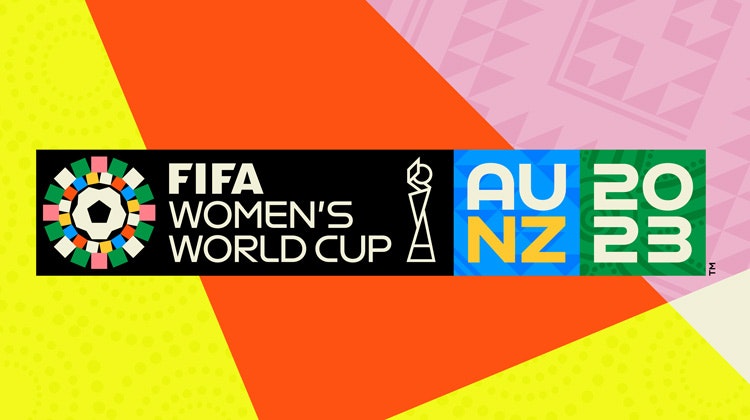
The design story of the most popular sport in the world is a sure bet for Design Week’s most-read articles – and this year’s FIFA Women’s World Cup was no exception.
As the largest ever edition of the tournament, featuring 32 teams and higher investment than ever before, the design work was equally ambitious.
We started by looking at the overall branding designed by studios Public Address and Works Collective, inspired by indigenous history of the host nations and featuring local artists and designers.The distinctive logo of colourful, patterned squares, represented the “coming together of the world’s best” and was also translated into framing devices for the broadcast graphics.
We delved into the design of the competition football and its integrated technology, and at all the shirt designs for participating teams – as well as off-pitch fashion from Martine Rose and Prada.
Inside Eurovision 2023’s set and lighting design spectacle

Design Week spoke to set designer Julio Himede and lighting designer Tim Routledge to get the full behind-the-scenes story of designing the “spectacle” of the Eurovision song contest final.
It was an unusual year for the competition, with Liverpool hosting the competition for the UK on behalf of Ukraine due to the ongoing war. Working with the theme United by Music, Himede describes the project as a “cultural collaboration”, which shaped everything from the design choices to the crew.
The designers talked about the challenge of keeping viewers entertained for four hours of consecutive performances, working with the UK’s largest lighting rig, and how to manage the rapid changes between acts – having just 50 seconds to transform the stage each time.
“Where have the women gone?”: exploring industry equality
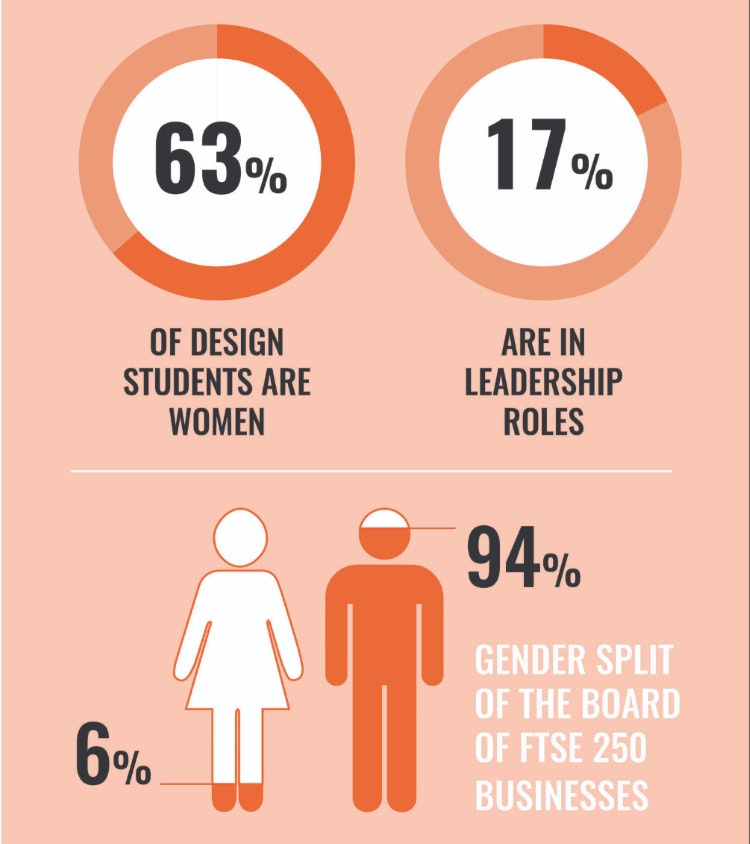
In 2023, the design industry is still failing to remedy its gender imbalance and gender pay gap – despite there being more women studying design than men in the first place.
Unsurprisingly, Design Week readers were keen to find out more about what needs to be done – not only for the sake of female designers, but for the health of the industry and beyond.
We spoke to Marina Willer of Pentagram, Cecilia Righini of Studio Lutalica and Kerning the Gap founder Nat Maher, who shared their experiences and ideas for how the industry can fix its inequality issues – from supporting new parents to having Gen Z create demand for change “from the bottom”.
Making a case for neurodiversity in design – Design Week
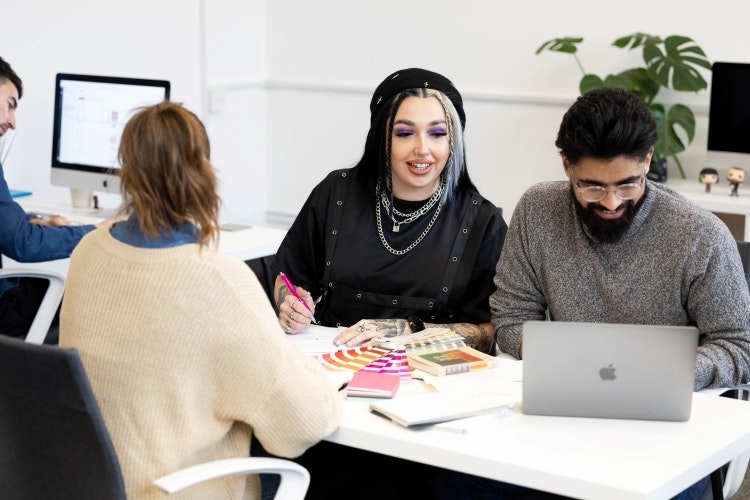
For Neurodiversity Celebration Week we spoke to designers who identify as neurodiverse, as well as studio leads who believe the neurodiversity of their teams works to their advantage.
There was much to say about what designers could achieve with inclusive working environments and practices: from Studio Up North’s Gabi Duxbury sharing how something as “small” as controlling the studio music ensures she can do her best work, or Leif Johnson of Shoot You on why dyslexia shouldn’t get in the way of visual storytelling.
With diagnoses of ADHD and Autism on the rise but still relatively misunderstood by many, the topic was of interest to Design Week Readers – and even helped one of the studios we spoke to secure a new client.
RCA makes redundancies across school of design
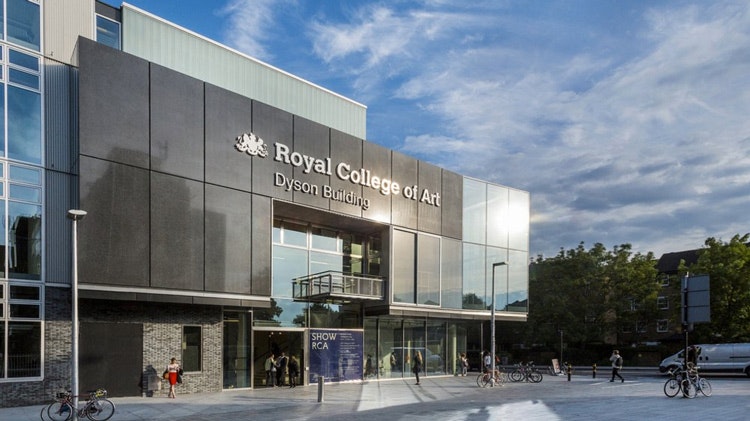
As one of the world’s most influential design schools and the alma mater of many a Design Week reader, news of redundancies at the Royal College of Art’s school of design was one of our more popular long reads this year.
Anonymous sources from across the school of design voiced their concern and outrage at a wave of redundancies, largely focused on part-time roles: the “crucial” practitioner-lecturer role that allow staff to remain engaged in practice while sharing their knowledge with students through teaching.
We reported on the open letter that warned of the loss of a job role which its authors describe as “a core principle of art and design education”, and gave further context from both representatives of the RCA leadership team and the RCA branch of the University and Colleges Union (UCU).
Designing the UK’s first permanent gallery dedicated to South Asian culture
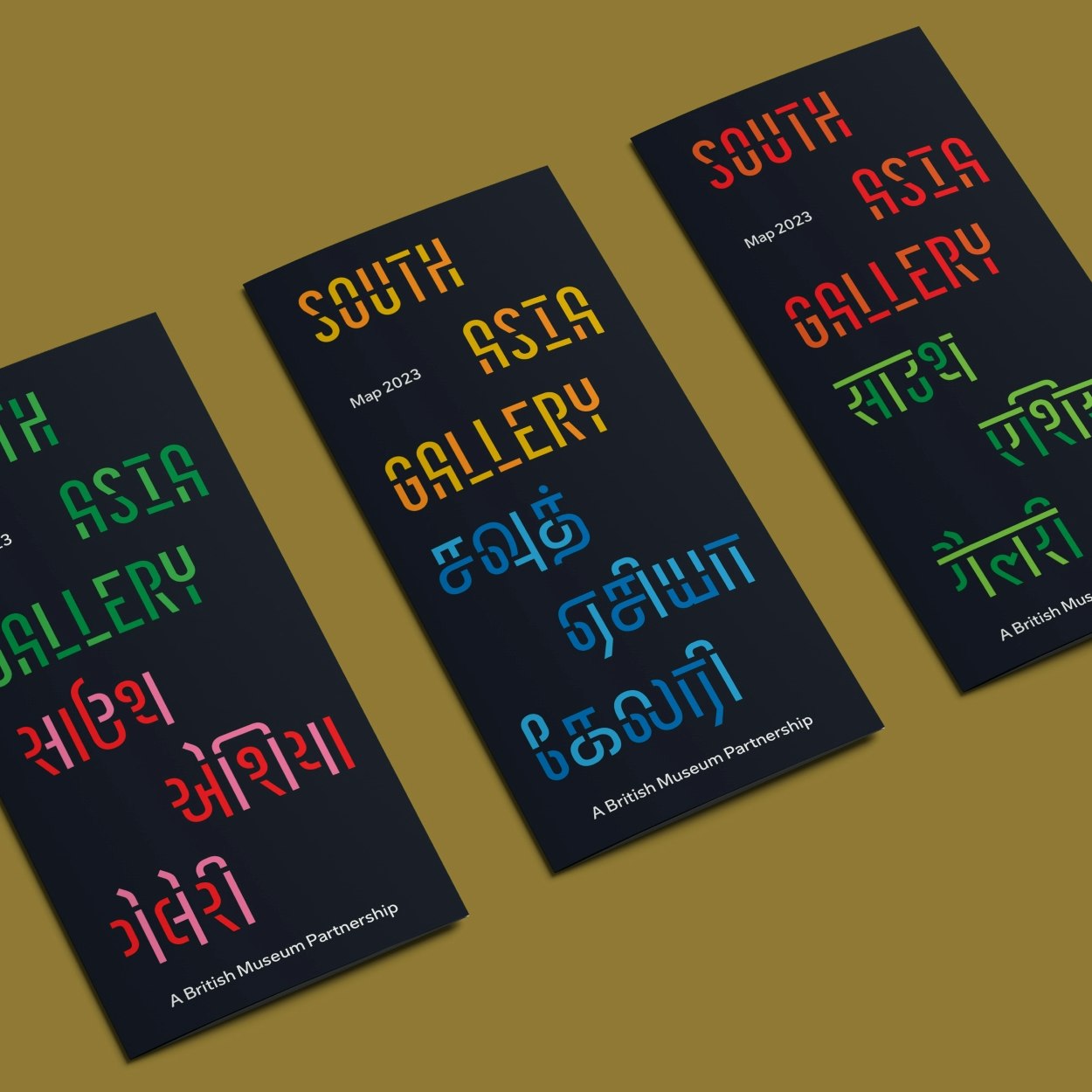
One of our most popular features of the year looked at a truly collaborative project to realise the UK’ first permanent gallery dedicated to South Asian culture, which opened as part of a major transformation of Manchester Museum.
The gallery was co-curated by 30 members of the South Asia Gallery Collective, all South Asian diaspora with connections to Manchester; and co-designed by a team of Manijeh Verghese of Unscene Architecture, Studio C102, Mobile Studio Architects, Sthuthi Ramesh, aDi, Arup and Leslie Clark.
We spoke to the museum curators, collective members and the design team to understand the challenges and rewards of collective work and how a unified design could look to capture the geographic and cultural span of South Asia and its diaspora.
Banner image: South Asia Gallery Collective, photo by Maryam Wahid

- Design disciplines in this article
- Industries in this article
- Brands in this article









